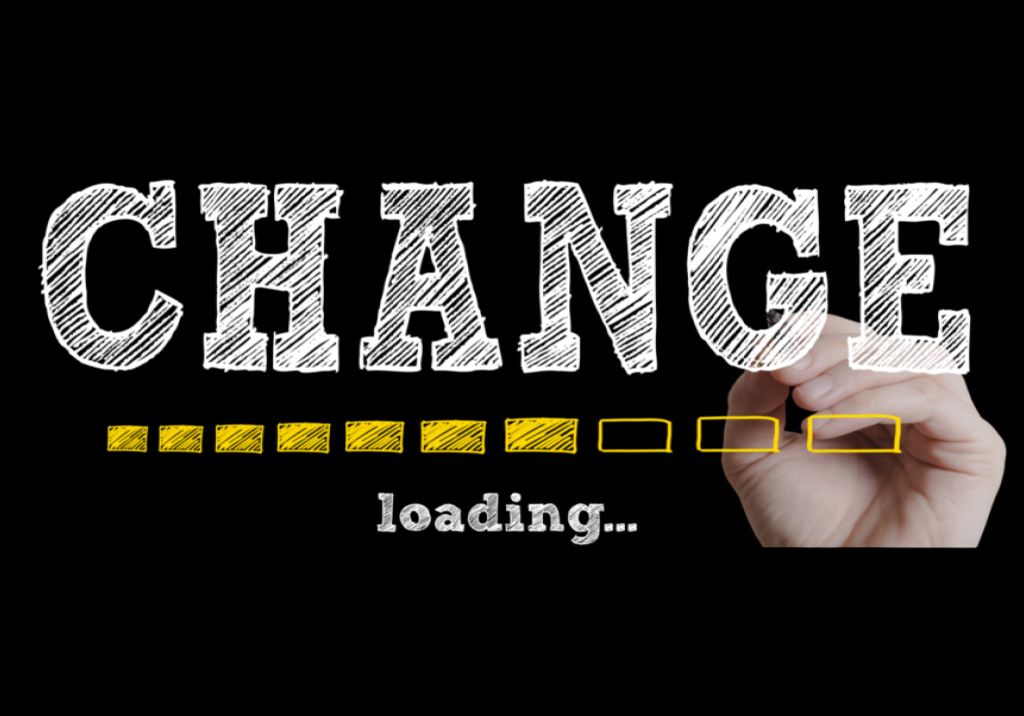In case you missed it, “G” stands for Grateful. Earlier this month, we laid out the science behind gratitude and the enormous benefits of small doses of gratitude in your life. For this article, we've scoured research and articles through 2022 to help you operationalize a gratitude practice that works for everyone at home and in the workplace.
Stanford engineering school professor Dr. Tina Seelig, during her 2018 TED Talk discussed luck not as an accidental occurrence but as a changing breeze from unexpected directions. She describes unconventional methods “to build sails to capture the winds of luck that others blow in your direction” as a balance of taking risks and consistently getting outside your comfort zone. The first step is taking small risks and getting outside your comfort zone. The second is to show appreciation as the beneficiary of someone else’s time and energy. Time with you is time they could spend somewhere else with anyone else. Showing appreciation closes the loop and acknowledges their time and energy spent in your world. This practice and philosophy of building bigger and bigger sails to catch the winds of luck simultaneously give credit to you as the benefactor and beneficiary of gratitude.
In your Change Enthusiasm practice, as you transition from embracing your signal emotions towards exploring the growth opportunities, gratitude can serve as a path for navigating this new emotional terrain. According to the Encyclopedia of Quality of Life and Well-Being Research, gratitude is a cognitive and emotional reaction arising from noticing and appreciating the benefits you have received. Gratitude is triggered by several factors, including direct assistance, the positive in a given moment, tangible possessions, doing well compared to others, and positive relationships.
“Being thankful is not always experienced as a natural state of existence, we must work at it, akin to a type of strength training for the heart.”
Larissa Gomez
Like many themes of our articles, expressed gratitude requires a certain level of vulnerability, of taking risks, as Dr. Seelig positions it. To recognize and give thanks to others, you also demonstrate that you are not a one-person show where all the benefits you receive are yours and yours alone. Whether you’ve asked for assistance, are part of a synergistic team, or aid is offered unbeknownst to you, you have been the beneficiary of benevolence which has helped you reach where you are today. Sometimes you will have to look for reasons to feel grateful. Sometimes, you are fortunate enough to encounter a happenstance that raises a momentary level of gratitude. Regardless, you are not alone or have accomplished anything in isolation.
A primary method of operationalizing gratitude is actively looking for reasons to be grateful. Similar to the scarcity and negativity bias, what you look for, you will see. The phrase "it takes a village" is an African proverb that signifies that it takes many people to ensure the success and sustainability of a village by nurturing its children to be safe and achieve their dreams. In a workplace environment, you collectively ensure your company's successful transition from one generation to the next by working together to grow concepts, products, ideas, and trends from infancy to maturation in your industry. As adults in the modern industrialized and technologically advanced age, you may be a member of at least two villages; your family (chosen and/or biological) and your professional village. At times, perhaps there is overlap.
Practice Appreciation - Start at the Top
As a leader among your villages, you can set the tone and pace of expressing gratitude more abundantly. Take time each day to actively look for ways in which you have received direct help (large or small). Look for the positive in a given moment and be grateful for your tangible possessions. Recognize how you are doing well compared to others, and acknowledge the positive relationships in your life. Think of this as a checklist. Have you reviewed your place as a beneficiary and benefactor of gratitude today? Look for opportunities to extend gratitude to those in your villages who are not often recognized or seem to have thank-less roles in keeping the forward momentum on track. Who are the unsung heroes in your village?
There is a social contagion within your villages. What is nurtured will grow. Research overwhelmingly reports gratitude is related to increased productivity, happiness, increased job, and life satisfaction through perceived autonomy, lower rates of burnout, lower rates of perceived stress, and more positive [village] environments. Setting the tone and leading by example can create a culture shift through the ripple effect.
“Be thankful for what you have; you’ll end up having more. If you concentrate on what you don’t have, you will never, ever have enough.”
Oprah Winfrey
Celebrate Small Wins
One of the greatest opportunities to set yourself and your village up for future success is to celebrate small wins along the way towards big milestones. By acknowledging small wins and accomplishments, you can create momentum and foster a learning culture instead of holding out for project/task completion before singing praises. If the devil is in the details, there are many details and long roads of attention on the way to larger successes. Make frequent opportunities to look at small wins and spread gratitude as an ongoing activity while looking for learning opportunities.
Keep a Gratitude Journal
The word practice implies something ongoing and always improving. The basis for the word practice is that it must be persistent and regular to develop into a habit or a state of being. One of the easiest ways to practice gratitude is to start with you. To develop a habit, pick a time of day, the same time each day, and write out something you noticed for which you are grateful. Picking the same time of day and writing it in the same folder in your tech or the same notebook each will contribute to your self-efficacy of continuing it.
If you can, carry your journal with you and take quick moments to jot down and remind yourself later during practice. Any quick search for gratitude journals online can provide prompts if you are most imaginative when directed. When you receive direct help, consider the feelings you can tap into in a given moment. Take stock of your physical possessions as the privilege they represent. Revel in the ways in which you are doing well and the relationships that bring you joy.
Provide Opportunities for Gratitude
Whether in-person or remote, provide a board, chat room, or another kind of readily available opportunity to express gratitude. Encourage the use of the board not to receive praise or a slap on the back but for the sake of being grateful. This is different from a board of wins which can quickly turn into a one-upping game. Rather, this is an opportunity to be vulnerable and to look inward and then share the result of your search. others to share the ways in which they looked for reasons to be grateful in their own life, in your shared village or neighboring. intrinsic motivation to look for Try a gratitude board, virtual or in-person.
Outside of a board or community gratitude practice, as a leader, consider giving initiatives such as volunteering or donations for a cause that is aligned with your company’s vision. Keep thank you cards readily available for anyone to use - or buy a stack of them if you work from home and see how quickly you can genuinely go through them. Write one to yourself once a week.
Learn More About The Presence of Gratitude in Your Organization
Interested in getting a pulse check on the level of gratitude in your organization? Check out these short and validated assessments you can use immediately in your organization.
MORE
INSIGHTS
How to Deal With Ambiguity at Work: 3 Powerful Tips to Thrive When Things Are Unclear
Struggling with unclear goals, shifting priorities, or lack of direction at work? Learn 3 powerful steps to navigate ambiguity in the workplace and lead with confidence.
How to Adapt to Change in the Workplace: 3 Powerful Steps to Thrive in Uncertainty
From corporate restructures and new technologies to shifts in leadership and remote work dynamics, change is happening constantly, and employees must keep up or risk being left behind.
Newsflash: Culture Change is Slow…and Here’s Why
We’ve heard it time after time: Culture change is slow. But why? Why is culture change so slow?? Understanding this is of critical importance in our work in CEG.









